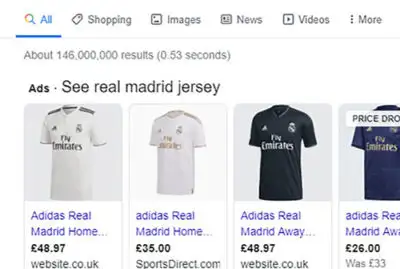Internet users often have to wait through pre-roll ads or look past overlay ads when they want to watch online video. This can be quite irritating to some users. Microsoft and Yahoo! are reportedly thinking of ways to make this less of an irritation.
One of the reasons for the irritation is the fact that more often than not, the ad is of absolutely no relevance or interest to the user, and the user then feels that being forced to watch it is a waste of time.
A few companies have now decided to try and rectify the situation by offering users a choice. Users on certain websites will now be able to select the ad they would prefer to watch from a choice of 3 or more ads, thus letting them see the ad that they have decided would be most interesting to them at that point in time.
While helping users, this option also has the added advantage of being beneficial to advertisers. Agencies and brands will improve their consumer targeting, thus increasing the possibility of making a sale, which is the ultimate bottom-line for a marketer.
The new tool that facilitates such ad delivery is called ASq. It will be functional by next month.
Microsoft, Yahoo!, Hulu, CBS and AOL have already decided to use ASq, while others such as YouTube are still weighing the pros and cons.
ASq’s new concept in video advertising is appreciated by most. However, there are those who disagree with the concept. Richard Wheaton of Ogilvy & Mather believes that unless users get to know about certain products and services, they would never be able to make use of them. ASq will restrict the exposure of such products from users, thus defeating the very purpose of advertising.
On the other hand, Uyenco Shatto, global research director at Microsoft Advertising says, “We’re getting smarter about what makes more impactful advertising. The big ‘aha’ here is understanding what makes a viewer choose a particular ad.”
ASq is expected to further improve the market value of the global video ad market, which is already $3.1 billion. The global video ad spend which was $2.2 billion in 2009 is expected to go up to $11.3 billion by 2014.









